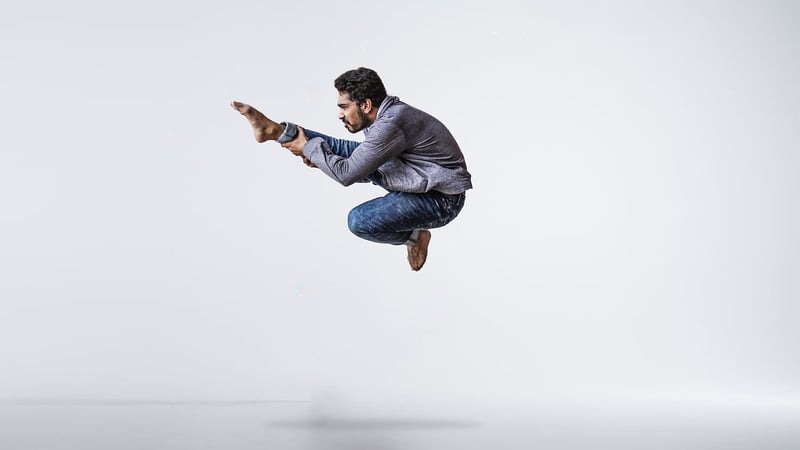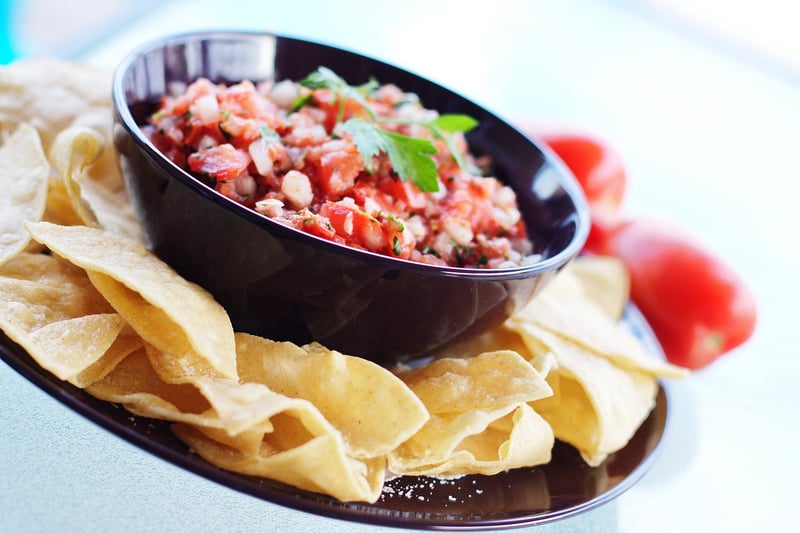Salsa
Exploring Expressive Movement Forms: The Passion of Salsa Dancing

When it comes to expressive movement forms, few can rival the passion and energy of salsa dancing. Originating in the Caribbean, this vibrant dance style has captivated audiences around the world with its infectious rhythms and sensual movements.
The History of Salsa
Salsa dancing traces its roots back to Cuba, where it evolved from a blend of Afro-Cuban and Latin dances such as mambo, cha-cha-cha, and rumba. Over time, salsa spread to other Latin American countries and eventually to the United States, where it gained widespread popularity in the 1970s.
The Elements of Salsa
At its core, salsa dancing is all about connection and communication between partners. The dance is characterized by intricate footwork, fluid hip movements, and dynamic turns that require both partners to be in sync with each other and the music.
Salsa Styles
There are several styles of salsa dancing, each with its own unique flair and rhythm. Some popular styles include Cuban salsa (salsa cubana), New York salsa (salsa en línea), and Colombian salsa (salsa caleña). Each style has its own distinct steps and patterns that add to the richness of the dance.
Benefits of Salsa Dancing
- Improves cardiovascular health
- Boosts coordination and balance
- Enhances social connections
- Reduces stress and boosts mood
Getting Started with Salsa
Whether you're a seasoned dancer or a complete beginner, salsa dancing is a fun and rewarding activity to try. Many dance studios and community centers offer salsa classes for all levels, so you can learn at your own pace and meet new friends along the way.
So, if you're looking to add some spice to your dance repertoire and unleash your inner passion, why not give salsa dancing a whirl? It's a surefire way to get your body moving and your heart racing to the irresistible beats of Latin music!
